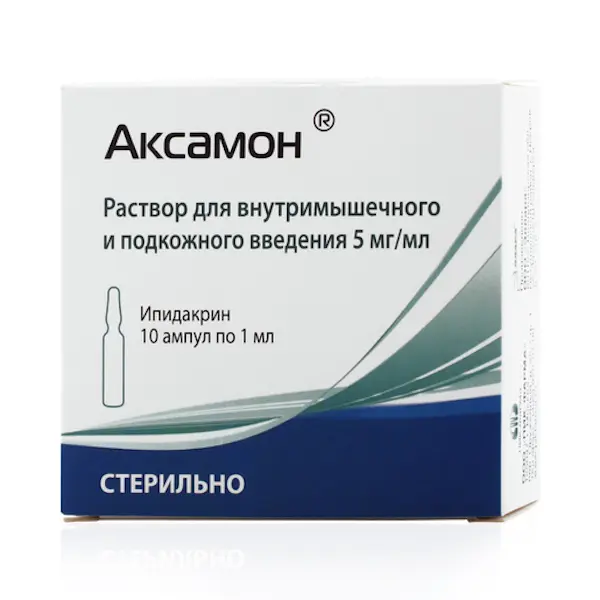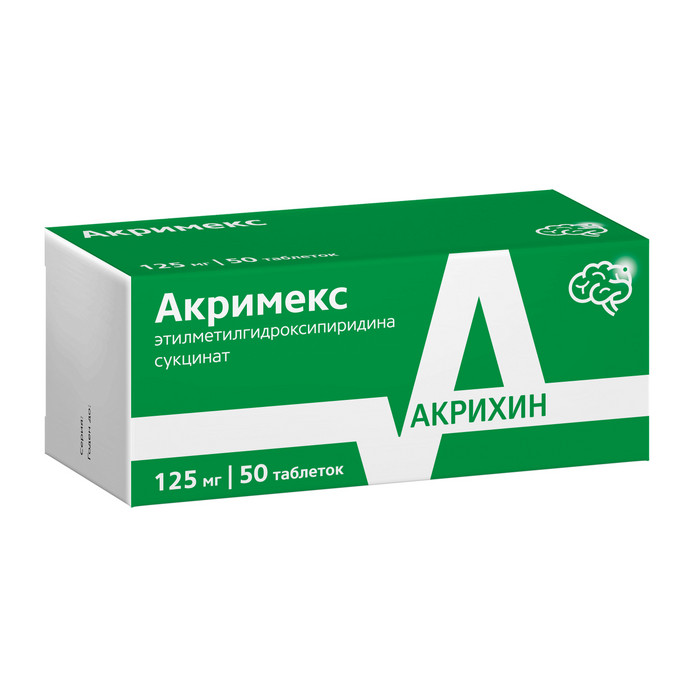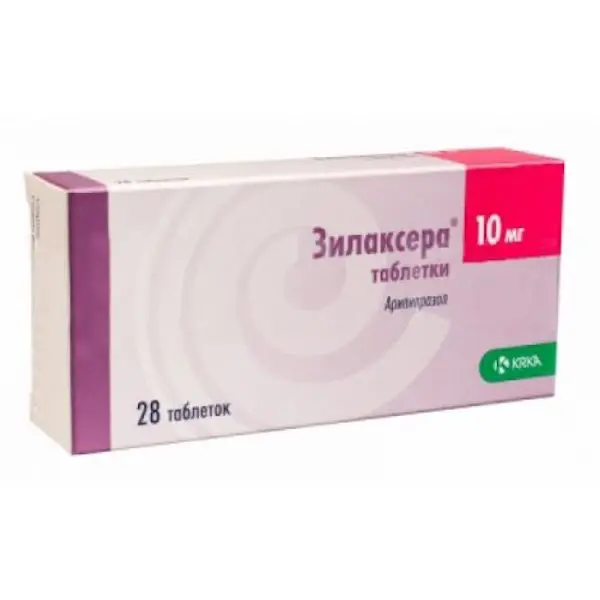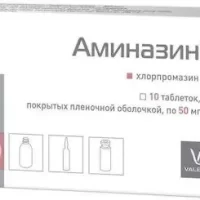Description
Picamilon Pharmacodynamics
Nootropic, dilates cerebral blood vessels. It also has tranquilizing, psychostimulant, antiaggregant and antioxidant effects. It improves brain function due to normalization of tissue metabolism and influence on cerebral circulation (increases the volumetric and linear velocity of cerebral blood flow, reduces vascular resistance by inhibiting platelet aggregation, improves microcirculation).
When a course of treatment increases physical and mental performance, reduces headache, improves memory, normalizes sleep; helps reduce or disappearance of anxiety, tension, fear; improves the condition of patients with motor and speech disorders, reduces the depressing effects of ethanol on the central nervous system. It improves blood circulation in vessels of retina and optic nerve.
Indications
Complex therapy of ischemic cerebrovascular disorders of mild to moderate severity, chronic cerebrovascular insufficiency, conditions after craniocerebral injuries, treatment of chronic alcoholism (for reduction of asthenic, asthenoneurotic, post-psychotic, pre relapse states and alcoholic encephalopathy).
As a part of complex therapy for migraine prophylaxis
In the complex therapy of primary open-angle glaucoma with compensated pressure, for diseases of the retina and the optic nerve of a vascular genesis.
In urologic practice (in children over 3 years old and adults with urinary disorders to improve the adaptive function of the bladder (decrease of detrusor hypoxia).
In complex therapy of dystonia syndrome accompanied by anxiety, fear, increased irritability, emotional lability.
Contraindications .
Hypersensitivity to the drug components, chronic renal insufficiency, pregnancy, breast-feeding, children under 3 years old (in children over 3 years old, used only for urinary disorders), sucrose/isomaltose deficiency, fructose intolerance, glucose-galactose malabsorption.
Administration during pregnancy and lactation
It is not recommended to use the drug during pregnancy and breast feeding because of lack of experience in clinical application in this group of patients.
Dosage and administration method
- The preparation is taken orally, regardless of meals.
- In cerebrovascular disease single dose – 20-50 mg 2-3 times a day, a daily dose of 60-150 mg. The course of treatment is 1-2 months. The second course in 5-6 months.
- For prophylaxis of migraine attacks – 50 mg 3 times a day, to stop an attack – 100 mg once.
- Late-onset depression – 40-200 mg per day in 2-3 doses, the optimal dosage – 60-120 mg per day, for 1.5-3 months.
- As an asthenic and anxiolytic agent, 40-80 mg per day, if necessary up to 200-300 mg per day, for 1-1.5 months.
- In alcoholism during withdrawal, 100-150 mg daily, a short course of 6-7 days; in more persistent disorders outside withdrawal, a daily dose of 40-60 mg for 4-5 weeks.
- For recovery of performance and at increased loads, 60-80 mg daily for 1-1.5 months, for athletes in the same dose, for 2 weeks of training period.
- In primary open-angle glaucoma it is 50 mg 3 times a day for 1 month.
- In retinal and optic nerve diseases it is given intramuscularly for the first 12 days and then, depending on the condition, orally administered in a daily dose of 20-50 mg 3 times a day for 1 month.
- In urinary disorders, 20 mg 2 times a day (for children aged 3 to 10 years), 50 mg 2 times a day (for children aged 11 to 15 years), 50 mg 3 times a day (for patients over 15 years). The course of treatment is 1 month.





